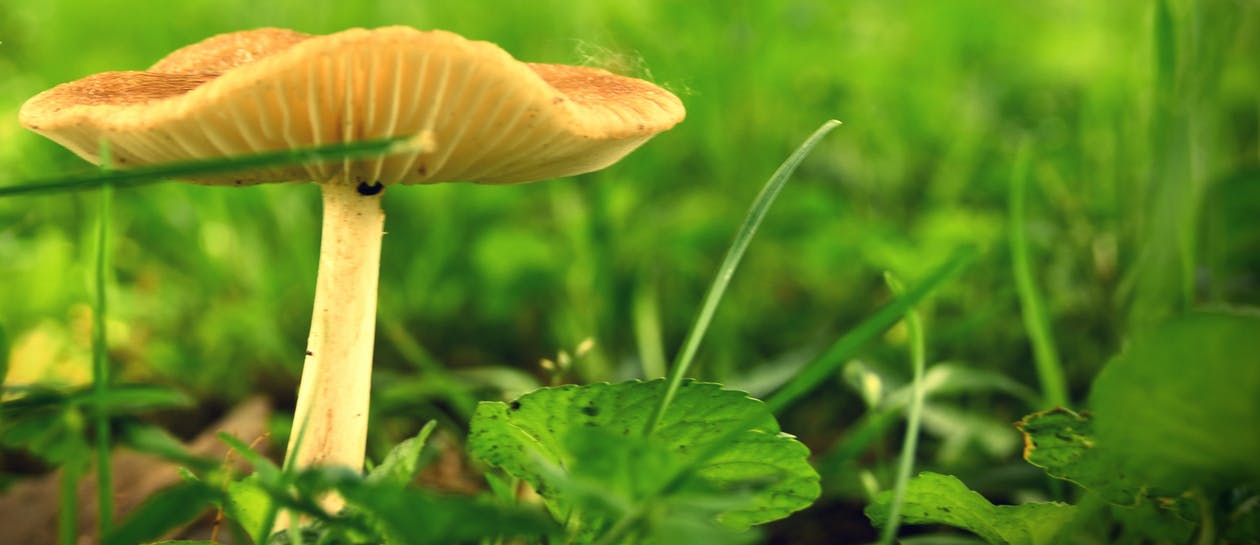
Each week, we are emailed with questions from our natural dye community asking simple and complex questions that we thought might be worth sharing. Here are a handful from this week answered by natural dyer in chief, Kathy Hattori, Founder of Botanical Colors:
When working with iron on a larger scale, what is the best and safest methodology? I’m working on a project that is not big enough to requesting a dye house, so working out of a very large container (the size of a bathtub) and although I wear gloves, goggles and a (very basic) breathing mask, sometimes I do get iron on me and/or breathe it and I’m wondering if there are long term dangerous consequences?
Iron is an important tool that should be used with caution. It is essential for achieving dark neutral shades such as gray and charcoal, and eco-printers use it to create the reaction to make leaf prints. However, iron powder should not be used around infants, children or pets, as iron can be too toxic for small bodies. Iron can stain clothes, skin and surfaces. We have instructions on how to use iron safely, and that means using a dust mask or respirator, gloves and eye protection, when measuring and not breathing in iron vapors if you are heating it in a dye pot. I recommend a shower and to wash your clothes after handling large amounts of powders, including iron. This prevents cross-contamination (believe me, I speak from sad experience) and is part of a good studio practice. Check out our Iron Instructions here.
What can I use to replace Hide Glue? I have a vegan fashion brand, and I want to offer natural dyes in my products. Could you help me please?”
Hide Glue is normally used as a protectant for animal protein fibers against harsh indigo vats. As you are vegan, you most likely will not be working with silk and wool fibers, and therefore should not require the use of Hide Glue. Cellulose fibers are not affected in an indigo vat as their properties are more resistant against alkaline solutions. The other natural dye products that are non-vegan are cochineal insects and lac dye.
I am interested in mushroom dyeing but I have come across many cases of mushroom poisoning and it’s difficult to identify poisonous sometimes from non poisonous mushrooms. So I wanted to know what colorful mushroom can be collected for dyeing? If by mistake a poisonous species is taken for dyeing will there be an affect on skin? If yes then how to check the toxicity of mushroom- please help!!
From what I understand, poisonous mushrooms are toxic when eaten. Some dye mushrooms are edible, but many are not. In order to determine the mushrooms that are used for dye, consult these wonderful resources for learning more about mushroom dyeing. The teachers I’ve learned from are Ann Harmer in BC, Canada, and Alyssa Allen of the US and they are a wealth of knowledge and promote responsible and safe harvesting. Both offer workshops throughout the year. One of the best books about mushroom dyeing is “Mushrooms for Dyes, Paper, Pigments and Myco-Stix” by Miriam C. Rice and illustrated by Dorothy Beebe. Another book that I’ve enjoyed is “The Rainbow Beneath My Feet” by Arleen Raines Bessette. Local mycological societies may also have classes on mushroom dyeing, so check them out as potential resources.
